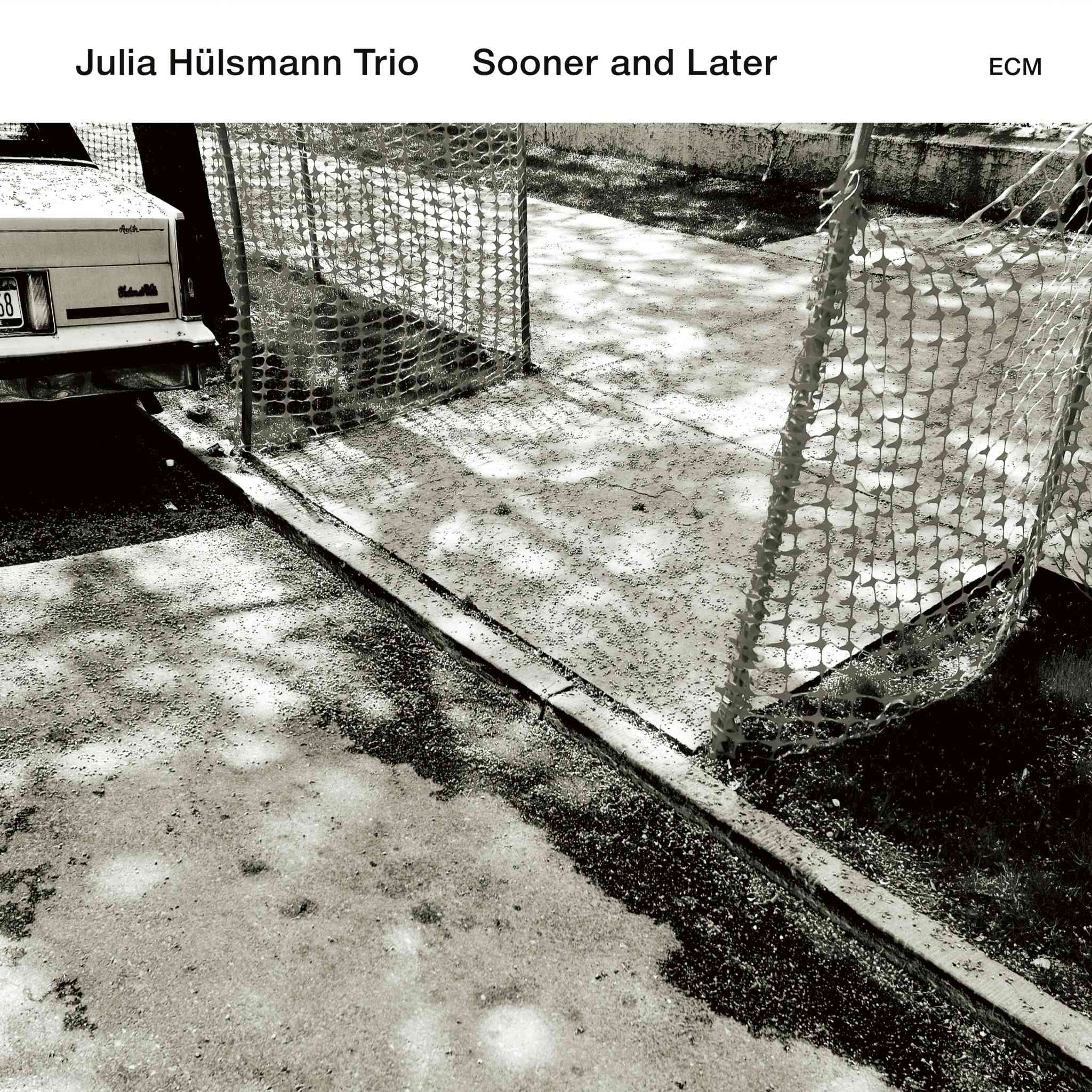Album insights
Dieterich Buxtehude, who passed away on May 9, 1707 in Lübeck as the organist of Marienkirche, is believed to have been born around 1637 in locations like Helsingborg in Sweden, Helsingør in Denmark, or Oldesloe in Holstein. Growing up in Denmark, he succeeded Franz Tunder as the organist at Marienkirche in 1668 and was a prominent figure in North German organ music until the early 18th century. Bach journeyed from Arnstadt to Lübeck in 1705 to hear Buxtehude and was captivated by the elder's organ playing, neglecting his duties for an extended period. Handel's visit in 1703 further underscores Buxtehude's significance.
During Buxtehude's time, improvisation primarily dominated organ performances, unlike the prevalence of printed sheet music today. His works were not published until the 19th century, reflecting the era's reliance on handwritten copies due to the limitations of print technology. Organists had to excel in the art of improvisation, suggesting that some works may have served as instructional tools rather than public performances. Buxtehude's organ music is categorized into free compositions and pieces based on existing melodies, creating a rich array of diverse musical forms. Examples include the intricate Präambulum in A minor, the Choralfantasie over "Ich ruf zu dir, Herr Jesu Christ," the compelling Toccata in F major, and the Passacaglia in D minor, which showcases Buxtehude's meticulous planning.
Buxtehude's compositions exhibit a variety of styles, from lively fugues like the Fuga in B major to delicate canzonettas and monumental works like the Passacaglia and Choralfantasie pieces, each highlighting his inventive approach to organ music. His mastery of fugue writing is evident in works such as the Canzonetta in C major and the Canzona in G minor, displaying his adept use of thematic development and contrapuntal techniques. The refined Choralvorspiele, like "Gott der Vater wohn uns bei" and "Nun komm, der Heiden Heiland," demonstrate Buxtehude's skillful handling of chorale melodies through ornamentation and intricate part-writing. The collection culminates with the grand Präludium in E minor, a substantial work that showcases Buxtehude's intricate counterpoint and structured approach to composition, foreshadowing the developments in the organ repertoire that followed him.



